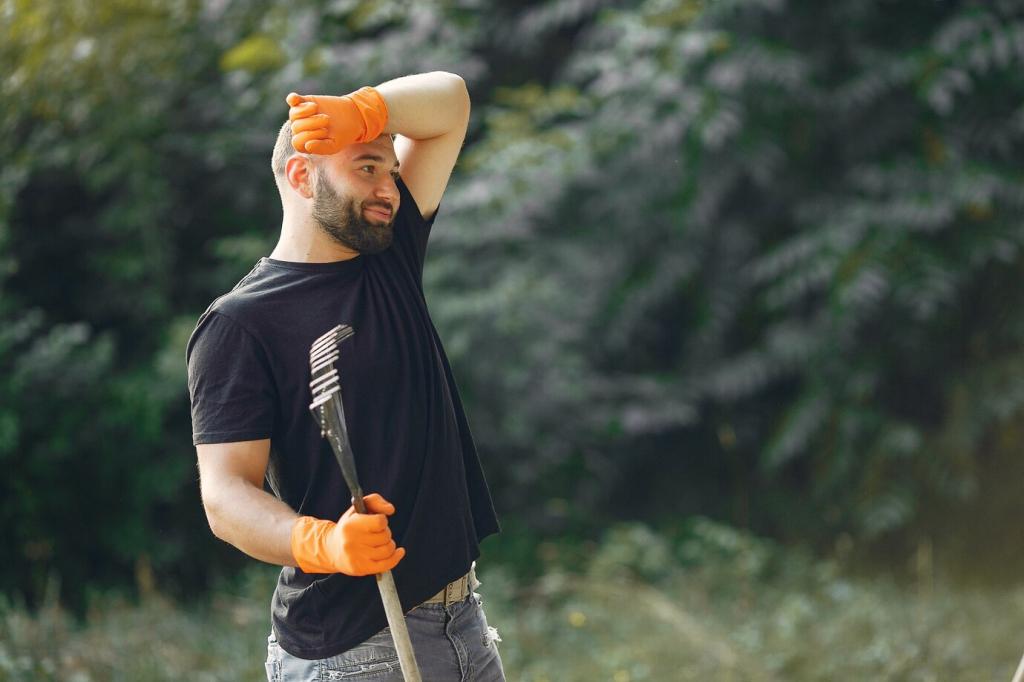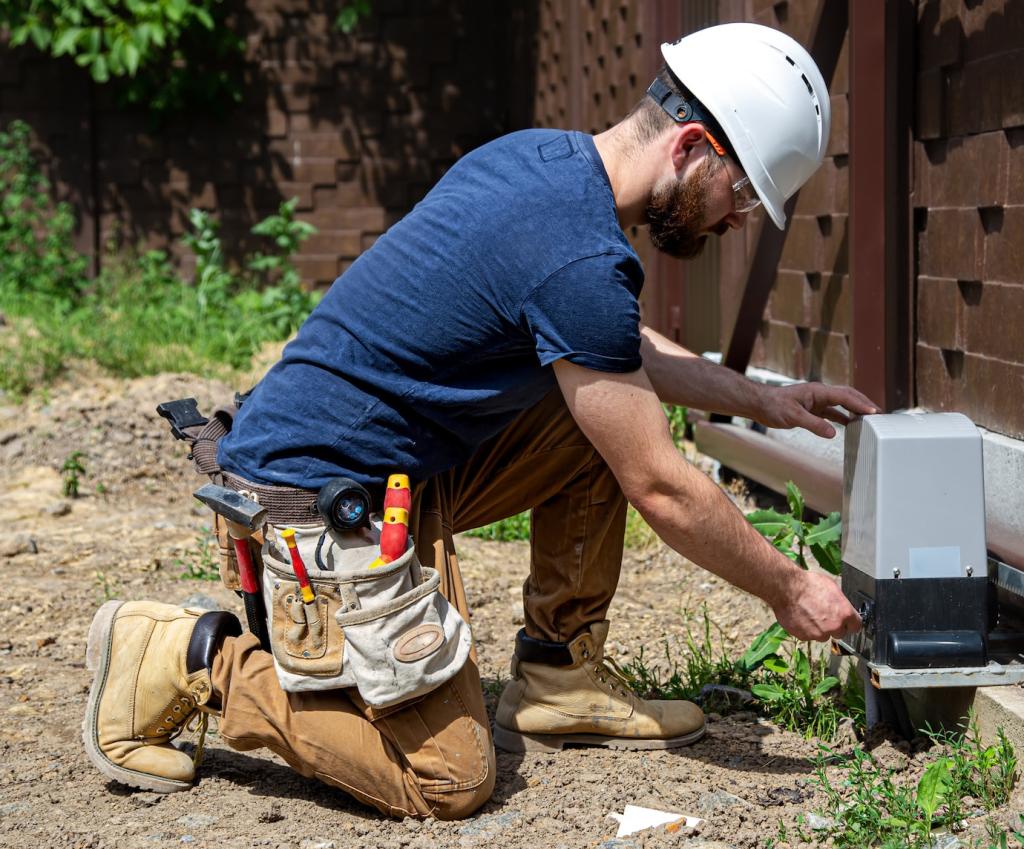
DIY Green Furniture Polish Recipes: Shine Naturally at Home
Chosen theme: DIY Green Furniture Polish Recipes. Step into a cozy corner of practical, planet-conscious care, where kitchen staples and gentle botanicals revive wood with a healthy, lasting glow. Join our community, ask questions, and subscribe for new eco-savvy blends.
Why Green Furniture Polish Matters
Polishes work best when they honor the finish—polyurethane, varnish, oil, or shellac—rather than soaking the raw wood. Green recipes emphasize gentle oils, neutral pH, and light application. Tell us your finish type so we can tailor future tips.


Why Green Furniture Polish Matters
Conventional aerosols can add unnecessary volatile compounds to indoor air. Simple oils, waxes, and mild cleaners give sheen without the fog. If you’re sensitive to fragrance, go unscented and let us know what ingredients feel best in your space.
Core Ingredients and Handy Tools
Jojoba oil resists oxidation and mimics natural wood-friendly lipids, while fractionated coconut oil stays fluid and light. Both spread thinly and buff beautifully. Tell us which oil you prefer, and we’ll craft recipes around your pantry habits.

Foundational DIY Polish Recipes
Combine one cup distilled water with one teaspoon unscented castile soap and three drops sweet orange essential oil, if desired. Shake before use, mist onto a cloth, and wipe lightly. Avoid bare wood and shellac. Share how your table responds.


Foundational DIY Polish Recipes
Blend two parts jojoba oil with one part fractionated coconut oil. For scent, add three to five drops lemon or lavender per one hundred milliliters. Apply a pea-sized amount to cloth, wipe with grain, then buff. Tell us your favorite aroma profile.
Finish-Specific Guidance for Best Results
These durable finishes prefer thin, occasional oiling and diligent buffing to avoid residue. Skip vinegar and heavy wax buildup. Share how your coffee table behaves after a month, and we can suggest minor ratio tweaks for less streaking.

Scent Blends, Allergies, and Sensitive Spaces
Try a gentle blend of sweet orange and a hint of lemon, three to six drops per one hundred milliliters oil. Avoid high acid cleaners on finished wood. Tell us which citrus notes make your living room feel sunlit, even on cloudy days.
Scent Blends, Allergies, and Sensitive Spaces
Combine a conservative dash of cedarwood and lavender for a warm, grounded scent, keeping total oils low. Ventilate if sensitive. Share your reading nook rituals, and we’ll feature relaxing blends tailored to late-night polishing sessions.
Scent Blends, Allergies, and Sensitive Spaces
Skip essential oils altogether for the purest air. Jojoba and beeswax already smell pleasantly subtle. If guests are sensitive, this approach shines. Comment if you prefer unscented care, and we’ll craft more quietly effective recipes together.
Storage, Safety, and Sustainable Habits
Shelf Life and Spoilage Signals
Plant oils can oxidize over time. If odor turns sharp or the texture separates oddly, retire the batch. Small jars age better than big ones. Report your climate, and we’ll suggest storage tips tuned for heat or humidity.
Labeling That Saves Time Later
Write the recipe, date, and any tweaks on painter’s tape stuck to your jar. It’s simple and reliable. Later, you’ll know exactly what worked. Share your labels, and we might publish a template inspired by your tidy system.
Waste-Reduced Routines That Feel Good
Repurpose glass jars, launder microfiber cloths without fabric softener, and finish every drop of a batch before mixing more. Comment your reuse hacks, and encourage a neighbor to try a greener polish this weekend.
Troubleshooting Common Polish Problems
Streaks After Buffing
Too much oil causes haze. Use less product, increase buffing time, or add a touch more wax to your paste. Share your table’s finish and room temperature so we can fine-tune your glide and shine balance together.
Water Rings and White Haze
Try a warm, brief pass of a hair dryer at low heat, then a whisper of oil polish and thoughtful buffing. Avoid aggressive tricks. Tell us the finish involved, and we’ll suggest safer, finish-aware steps for future sessions.
Sticky Buildup from Old Products
Wipe with a lightly damp cloth containing a few drops of unscented castile soap, then dry thoroughly and reapply a thin polish coat. Comment on any lingering tackiness, and we’ll help diagnose residue versus finish wear with care.
